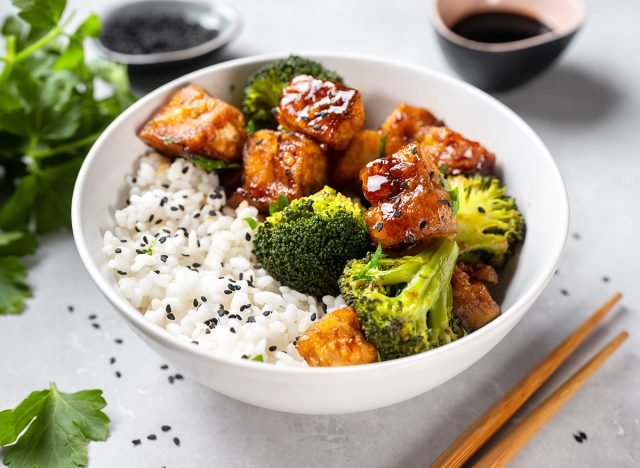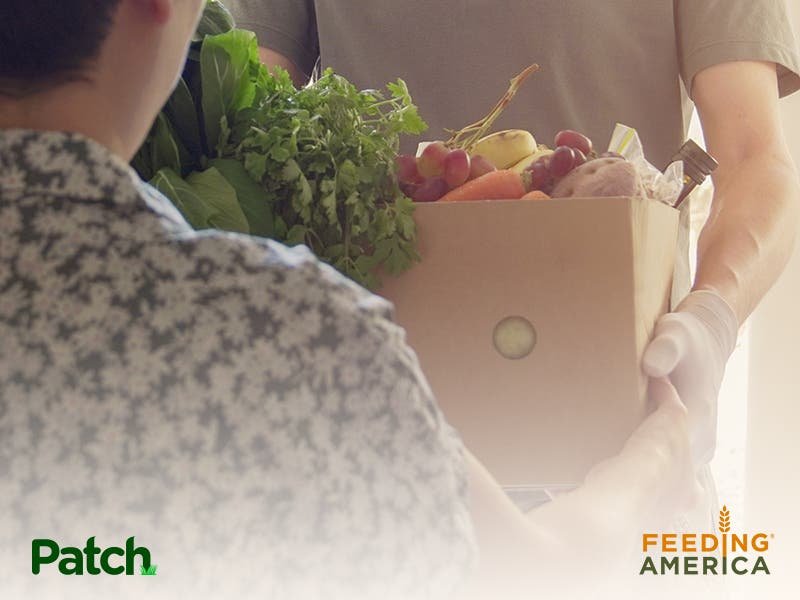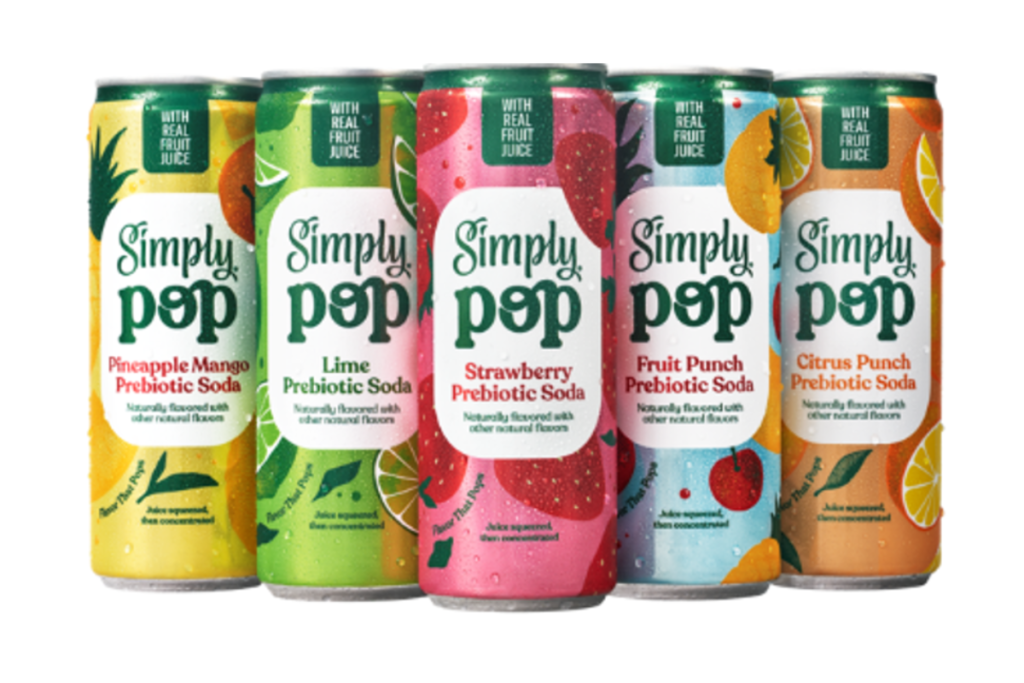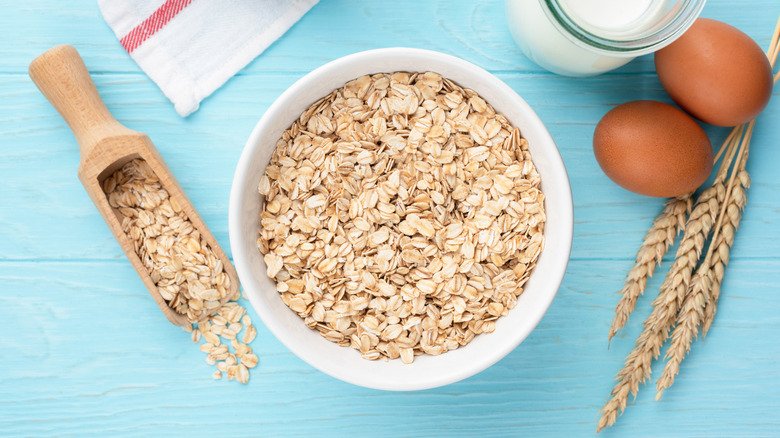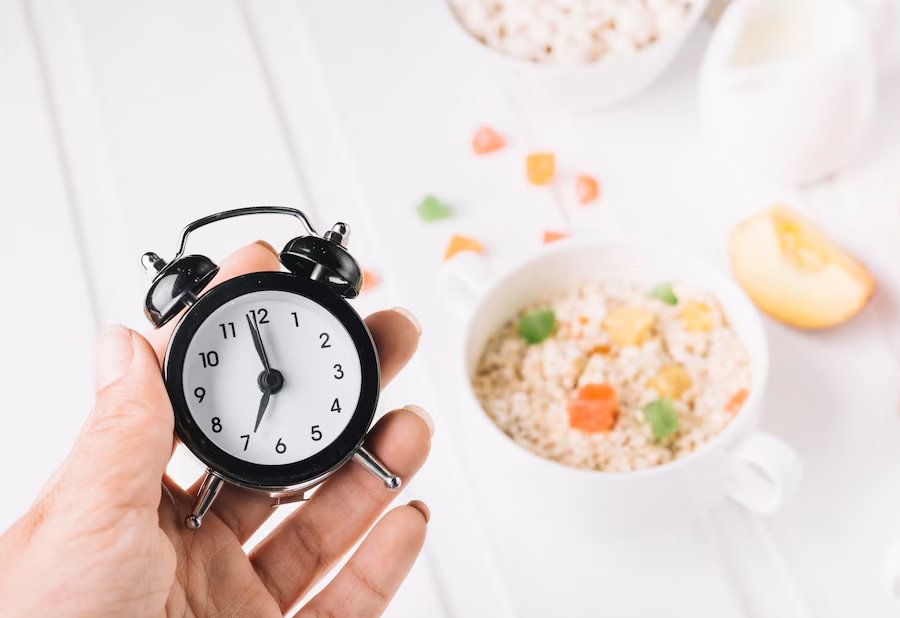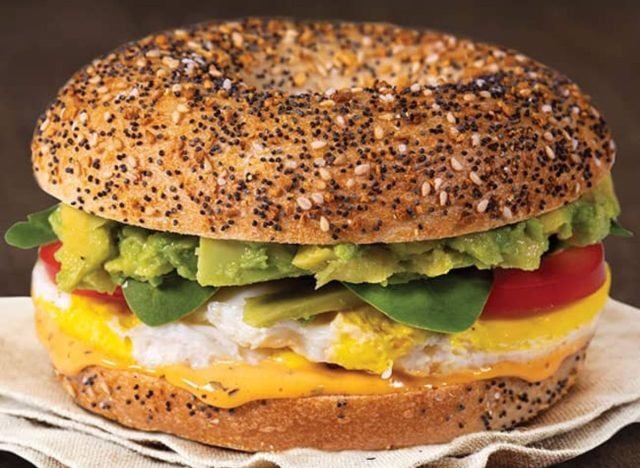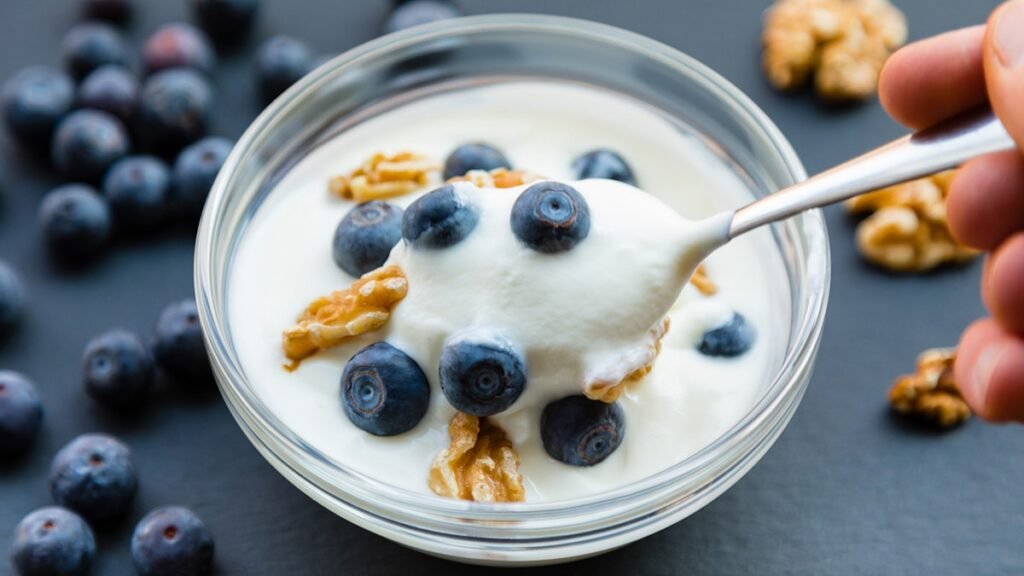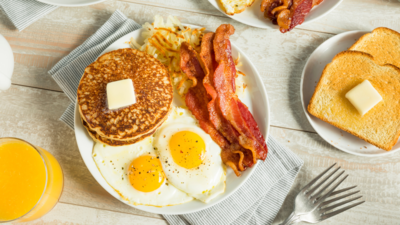JAKARTA – People living in the Blue Zone area are known to have a long life, even many of whom live more than 100 years. Research conducted by National Geographic and the National Institute on Aging reveals that in five locations in the world, the centenian population (people over 100 years old) is very high.
Not only has a long life, they are also healthy and free from chronic diseases such as diabetes, cancer, and heart disease. One of the important factors that affect their longevity is the drinking habits they drink every day.
Not only that, but they also grow old without illness or health conditions, such as obesity, cancer, diabetes, or heart disease.
Reported by VOI from the Surrey Live page on Tuesday, February 18, research conducted by National Geographic and the National Institute on Aging found 5 specific villages. There is California in the United States, Nicoya in Costa Rica, Sardinia in Italy, Ikaria in Greece, and Okinawa, Japan.
Because research has seen diets from five different regions, various backgrounds, cultural differences, and the environment of each Blue Zone population, it does not have to be followed.
However, BBC Good notes that there are several general themes that match every diet. The most striking thing is the use of local products.
Similarities include high consumption of plant foods such as seeds, and pork), seafood, and dairy products.
What Foods And Drinks Can Be Consumpted In The Blue Zone Diet?
The Blue Zone diet has its own food guidelines to help people follow this diet, including what you have to consume every day, weekly and monthly.
This includes reducing meat consumption to two ounces or less about five times a month, reducing the intake of dairy products, consuming 28 grams of additional sugar every day, and eating eggs no more than three times a week.
For complete Blue Zone food guidelines, visit here. Blue Zone food guidelines advise us to include the following food:
– Whole grains such as oats, barleys, and whole grains – Nuts and pods-classes, one daily serving- Vegetables including green leaves, sweet potatoes, and cassava- Fruits such as tomatoes, oranges, apples, bananas, dates, ara, andements- Nuts, two holdings per day- Several meats, but no more than two times a week, with a small portion size (about 80-90g)-fish and seafood, especially oily types of small fish such as sardines and anni- Milk products, especially milk from sheep and goats, instead of cows. This could include natural fermented products without additional sugar- Eggs: no more than three per week- Zap oil- Spices and spices, including turmeric- Wine: just one to two small glasses per day- Coffee and tea
The English, Chinese, Japanese, Arabic, and French versions are automatically generated by the AI. So there may still be inaccuracies in translating, please always see Indonesian as our main language.
(system supported by DigitalSiber.id)



